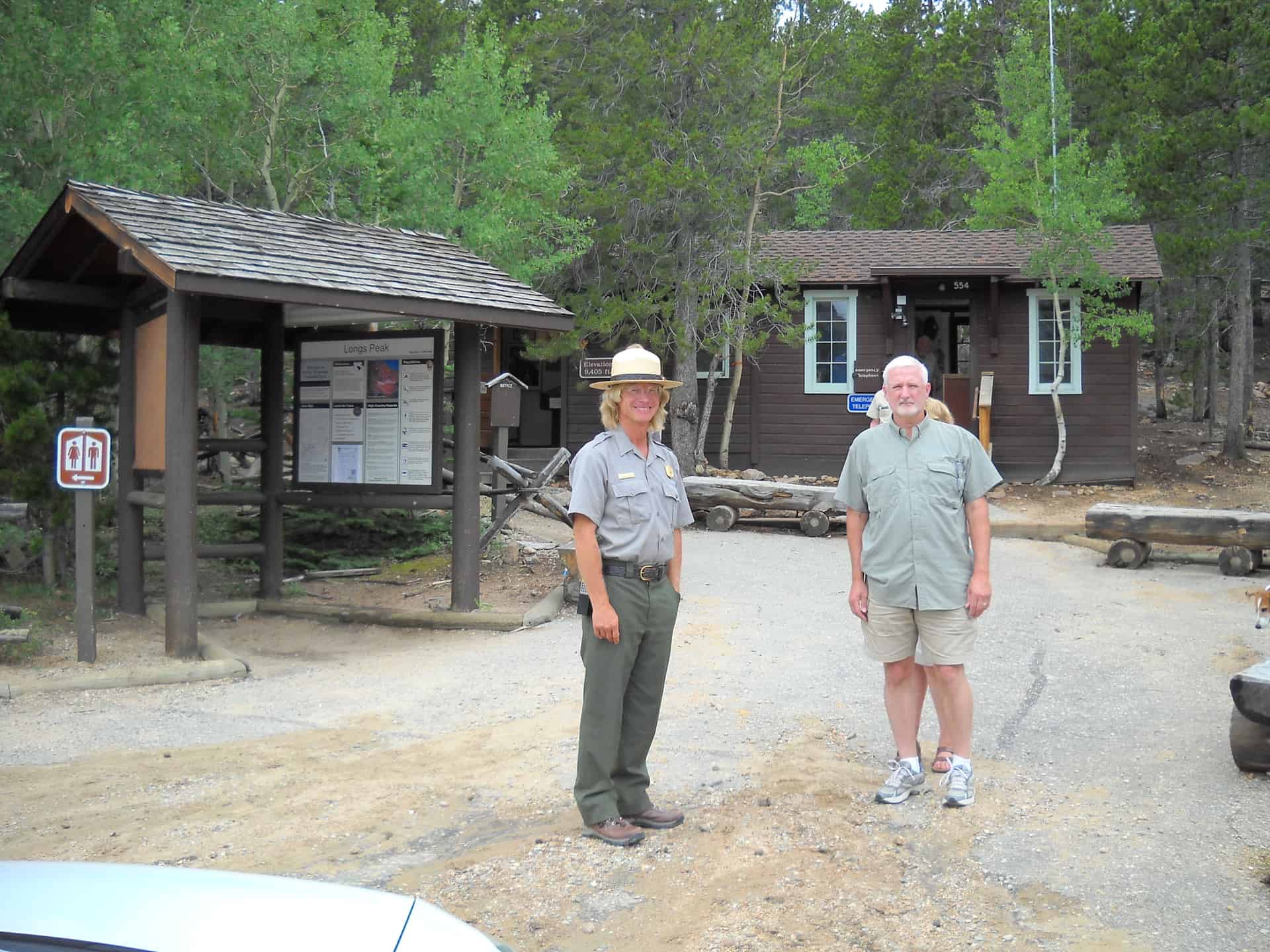Area Description: Roosevelt Lake is a year-round recreation destination location in central Arizona on the Tonto National Forest. A two-hour drive northeast of Phoenix, Roosevelt Lake is the largest of the four Salt River lakes and is nestled in the beautiful Sonoron Desert. The lake’s main attractions are water-based activities such as fishing and boating.Other activities around the lake include wildlife viewing, hiking, and exploring. Roosevelt Lake is situated along Highway 188, which can be reached via Highway 60 from Globe via 87 south of Payson. Highway 60 and 87 can be easily accessed from Phoenix. Cholla Recreation Site is five miles northwest of Roosevelt Dam on Highway 188 and Windy Hill Recreation Site is six miles southeast of Roosevelt Dam on Highway 188
Camping Facilities Provided: Both Windy Hill and Cholla have water-operated restrooms, indoor shower facilities, trash removal, boat ramps, fishing-cleaning station, and handicapped accessible boat landing platforms. Each individual campsite has a ramada, picnic table, and grill. An RV dump station is located across the highway from the Cholla Recreation Site.
Area Features: The Roosevelt Marina, Tonto National Monument, Tonto Basin Ranger District Visitor Center, Apache Trail, and Apache Lake Marina are all popular destinations in the wintertime. Watchable wildlife include geese, ducks, eagles, bighorn sheep, mule, deer, javelina, and quail. Gas, food, propane, phones and post offices are located at Punkin Center and Roosevelt just a few minutes from Windy Hill and Cholla Recreation Sites. A full range of services and amenities can be found in Globe or Payson.
Fee/Permits Required: Permits to camp at Windy Hill or Cholla may be purchased at ant Tonto National Forest office, or at a wide variety of venders in Arizona, including Big 5 Sporting Goods stores, Circle K outlets, and local gas stations. The cost is $6 per vehicle per night plus $4 per watercraft per night. Senior and Access cardholders (for people with disabilities) pay 1/2 price. Senior and Access permits may be purchased at Tonto National Forest offices only.
[Image]: Forest Service Shield.
Accessibility: All facilities are handicap accessible.
Here’s a link to a story about a public meeting that the Tonto held.
The meeting in Payson stems from the rising recreation program deficit on the Tonto Forest. That deficit arose mostly from a decline in the amount of money the Forest Service spends on operating campgrounds and other facilities.
For instance, in 2011 the Tonto National Forest invested about $2.8 million in operating its vast network of campgrounds and other facilities and collected about $2.5 million in fees. That produced a roughly $90,000 surplus in the recreation program.
However, in 2013 the budget projects the Forest Service will spend $2.1 million in “allocated” funds and collect another $2.4 million in fees. That will produce a projected $920,000 deficit in the program — a roughly 20 percent shortfall.
The looming financial crisis prompted the Tonto National Forest to launch a series of public meetings to gather suggestions from citizens on what it should do to close the gap.
Participants wandered around a room at Gila Community College examining poster boards with information about the problem and laying out solutions. The alternatives included shutting down campsites and other facilities, raising fees to wipe out the shortfall, turning more facilities over to private contractors and forming more partnerships to help cover the costs of running the array of facilities.
The Tonto National Forest includes a chain of heavily used reservoirs along the Salt River, including Canyon, Apache, Saguaro and Roosevelt lakes. It also includes a dozen campgrounds and day use areas.
The Payson Ranger District actually serves as a test case for the contemplated changes — especially using private contractors to operate campgrounds. A contractor already operates most of the Forest Service campgrounds in Rim Country and charges only slightly higher fees than Forest Service campgrounds elsewhere. Contractors can generally pay lower wages and provide fewer benefits for employees than the Forest Service, resulting in lower operating costs.
The most popular option on the list proved the formation of local partnerships, with higher fees trailing well behind. Almost no one said they wanted to see the Forest Service save money by shutting down developed sites.
About 41 people attended the three-hour open house. Comments posted on the bulletin boards often focused on an alliance between community groups and the Forest Service.
“Use more community volunteer projects to cut costs,” wrote one citizen.
“Tax outdoor gear, ATVs, fishing gear — and use the money to support recreation,” wrote another.
“Make the East Verde a Town of Payson park,” wrote one participant.
“Make Fossil Creek a National Wildlife Refuge and charge for entry,” suggested another.
“Coordinate with non-profit organizations.”
My questions:
If the FS can’t charge for entry, does it make sense to transfer these heavily used areas to another federal, state or local government who can charge? Or would it be simpler to mess with the Forest Service’s policies legislatively?
Is it so wrong for the FS to charge, due to its own regulations, due to law, or for some philosophical reason?
Should the FS be moved to Interior and these areas rezoned to the Park Service so that these kinds of areas be managed separately and fees charged but that the transfers are bureaucratically simpler?
Is outdoor equipment already taxed? By state or feds? What latitude is there to increase/add taxes?
Finally, I am a senior (although perhaps not senior enough for this benefit) but $3.00 per night (1/2 of 6) seems fairly low compared to other similar opportunities. Perhaps FS, BLM, NPS and FWS should harmonize their rates for a given level of service?
Other thoughts or ideas?











